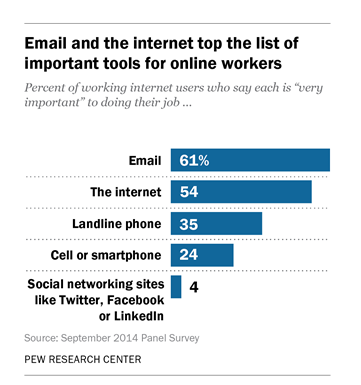 Today’s #FridayFact may seem contradictory. How can your professional bio NOT be about you? The answer is that it’s all about perspective—or to be more specific, about your reader’s perspective.
Today’s #FridayFact may seem contradictory. How can your professional bio NOT be about you? The answer is that it’s all about perspective—or to be more specific, about your reader’s perspective.
The goal for your professional bio (just like the goal for a resume or job application cover letter) is not simply to present all the facts of your life. Instead, it’s to present information about your life in such a way that convinces your readers something about yourself. You might be trying to convince
- Coworkers that you will collaborate well with them.
- Upper management that you are a great asset for the company.
- Potential clients that you have what it takes to meet their needs.
- The public that you care about something (like the environment or human rights).
In other words, you are telling your readers about yourself, but you are presenting the information in such a way that shows you care about what your readers think.
The Copyblogger article “How to Write an About Page” explains this point well, advising writers to try the following:
- Talk about the problems you solve.
- Talk about how you can help.
- Talk about what they’re interested in.
As they conclude, “Yes, it’s a spot for you to talk about yourself—but only in the context of how you serve your readers.”
As you think about your professional bio, consider how you can present details about yoursle in ways that will persuade your readers something about yourself. You can even suggest some strategies you can try in the comments here to get some feedback from your classmates.
Photo credit: You? by Shawn Rossi on Flickr, used under a CC-BY 2.0 license
Last updated on Sunday, January 21, 2018

 Today’s #FridayFact may seem contradictory. How can your professional bio NOT be about you? The answer is that it’s all about perspective—or to be more specific, about your reader’s perspective.
Today’s #FridayFact may seem contradictory. How can your professional bio NOT be about you? The answer is that it’s all about perspective—or to be more specific, about your reader’s perspective.  Email is critical to the work of over half of the workers surveyed by the Pew Research Center on
Email is critical to the work of over half of the workers surveyed by the Pew Research Center on